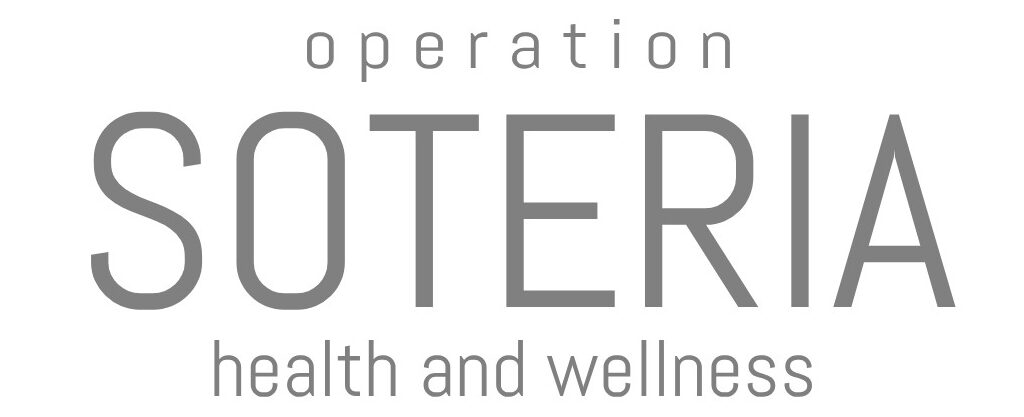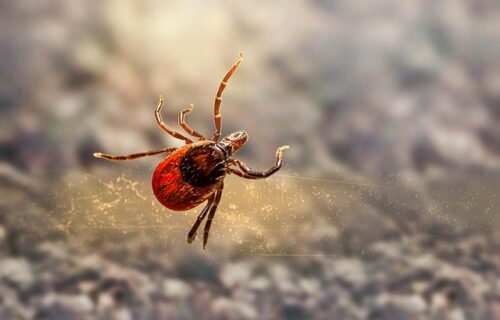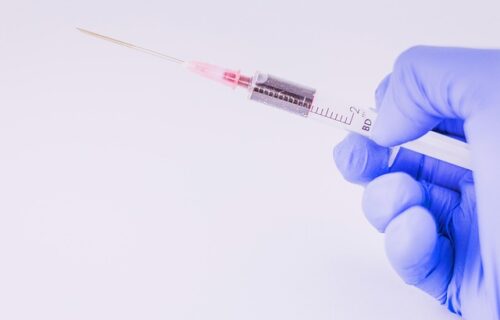
The Mold You Can’t See—And Why It Might Be Making You Sick
When we think of toxic threats to our health, we usually imagine things like processed foods, pollution, or viruses—not something as “harmless” as mold. But mold toxicity is one of the most overlooked and misunderstood root causes of chronic illness today, and chances are, it’s closer than you think.
The Medical System Doesn’t Recognize Mold—But It Should
Most doctors will tell you mold isn’t a serious health concern unless you’re visibly allergic or immunocompromised. But here’s the truth: mold exposure can wreak havoc on anyone’s health, especially when it goes undetected for long periods.
Mold toxicity isn’t an allergy—it’s a bioaccumulated poison that affects your immune system, nervous system, hormones, and more. And since symptoms often mimic other conditions like chronic fatigue, anxiety, brain fog, or fibromyalgia, people get misdiagnosed—or worse, dismissed entirely.
Where Mold Hides in Your Home
You don’t need to see black spots growing on the wall to be exposed. Mold thrives in hidden, damp areas, and often you won’t even know it’s there until your health begins to spiral.
Here are common hidden places mold can grow in your home:
-
Behind the washing machine or dishwasher
-
Under the kitchen or bathroom sink
-
Around old or leaky windows
-
Inside walls after water damage
-
In bathrooms with poor ventilation
-
HVAC systems and air ducts
If you’ve ever had a leak, flood, or long-term humidity problem—even if it was years ago—it’s worth investigating.
Other Places You May Have Been Exposed
Many people never suspect that mold exposure could have started outside the home—even in places they no longer live or work.
You may have been exposed in:
-
College dorms
-
Old apartments
-
Office buildings
-
Water-damaged schools or churches
-
Basement bedrooms
-
Vacation rentals or Airbnbs
Even brief exposure can trigger long-term symptoms because mold can continue to colonize the body long after you’ve left the environment.
My Story: Diagnosed with Five Types of Mold—Including Black Mold
This isn’t just professional—it’s personal. When I was at my sickest, I tested positive for five different types of mold/mycotoxins in my body. The highest level? Black mold. It went completely unacknowledged, and I continued to struggle for years—until I finally pinpointed what was really going on.
Once I started addressing mold, everything changed.
I finally began to regain energy, mental clarity, and the ability to function like a normal human being again. That’s why I do what I do—because no one should suffer this way without answers.
How Do You Know If Mold Is Making You Sick?
Some common symptoms of mold toxicity include:
-
Fatigue that doesn’t improve with rest
-
Brain fog and memory issues
-
Shortness of breath or sinus congestion
-
Sensitivity to chemicals or smells
-
Anxiety, depression, and mood swings
-
Muscle weakness or tingling sensations
-
Chronic inflammation and autoimmune flares
- recurring infections
If this sounds familiar, you’re not alone—and you’re not crazy.
I’m a Mold-Literate Practitioner—And I Can Help
After walking through my own battle with mystery illness and mold-related symptoms, I became a mold-literate practitioner with one goal: help people find answers where no one else is looking.
I use an accurate, functional test that reveals mold toxicity in your body—not just environmental exposure, but what your body is actually retaining. This allows us to identify and address the real problem—not just throw supplements at symptoms.
Let’s Get to the Root Cause
If you suspect mold toxicity might be at play, I’m here to help. Book a session with me to uncover what’s been overlooked and start restoring your body’s natural ability to heal.




Add A Comment